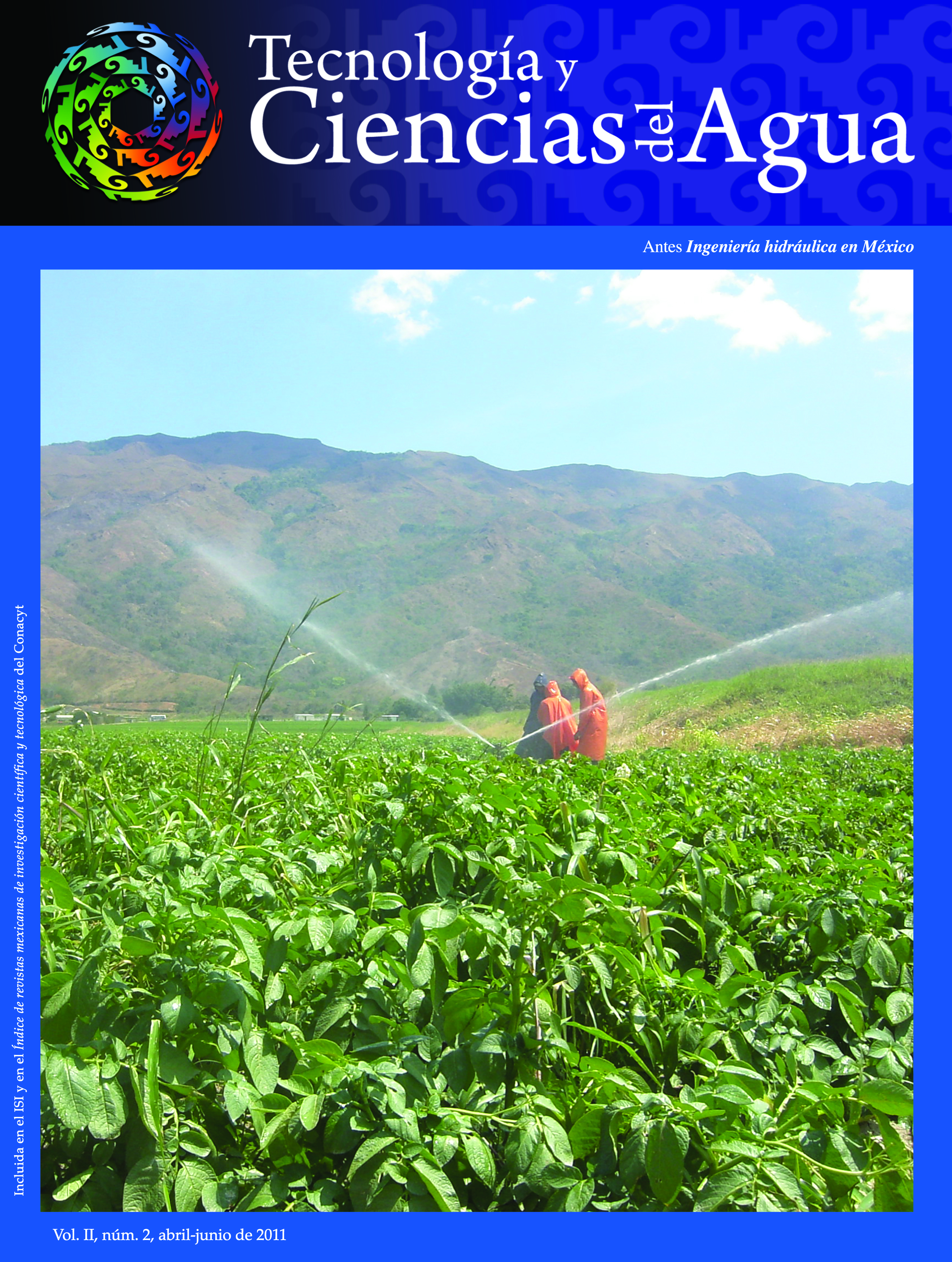Dam safety from a hydrologic perspective.
Keywords:
dam safety, hydrologic design, bivariate approach, joint return period.Abstract
Although the main objective of a dam is to satisfy a demand, most of them are built as structures with multiple purposes, one of which is flood control. The determination of the flood control capacity and the associated hydraulic works is known as hydrologic design and its suitability is a direct indicative of the hydrologic safety of a dam. If an event larger than the one used for the design occurs, it is said that the dam fails, hydrologically speaking, even though the structure does not suffer further damages. In this paper, it is recognized that the failure of these structures is relatively common and precise comments are given on the selection of the safety level of the design through the return period and on the different approaches in the flood estimation methods. In particular, the suitability and usefulness of the so-called bivariate approach to the solution of the problem is established. By virtue of the new approach, the need arises to review the criteria for the selection of the design return period, considering the fact that the exceedance probabilities can be associated simultaneously with different random variables.Downloads
Published
How to Cite
Issue
Section
License

This work is licensed under a Creative Commons Attribution-NonCommercial-ShareAlike 4.0 International License.
By Instituto Mexicano de Tecnología del Agua is distributed under a Creative Commons Attribution-NonCommercial-ShareAlike 4.0 International License. Based on a work at https://www.revistatyca.org.mx/. Permissions beyond what is covered by this license can be found in Editorial Policy.









